The Roman army was something to marvel at. Its adaptability was amazing. The military of the Romans managed to both exhibit flexibility and stability at the same time. It was a whip yet a pounding shield. Even down to the individual soldier, being well-rounded, yet specialized, proved to be the army’s strength.
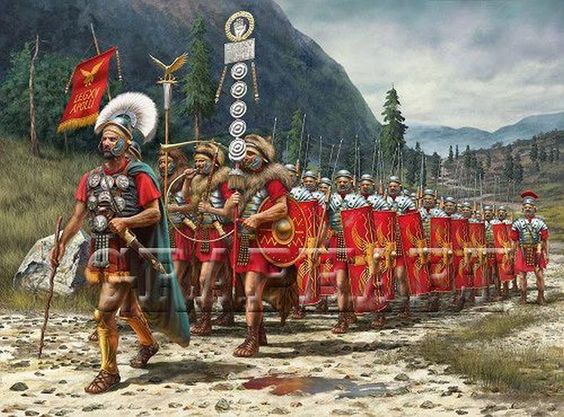
In this post, we'll cover:
The basis of what made the Roman soldier so physically versatile
What made up the ideal recruit (psychology and physicality)
How specialization happened because of external factors
What Made the Roman Legionnaire so Fearsome?
It was his diversity of skill set. Did you know that Roman soldiers were known most, for their ability to dig a trench, really, really fast? It wasn’t their deadly weaponry or armour, or their crack military formations. It was the roman soldier’s ability to grab a shovel and dig a fortification, day in and day out. This was sometimes, after hundreds of miles of marching, with packs weighing up to 60 lbs. Now that’s endurance.
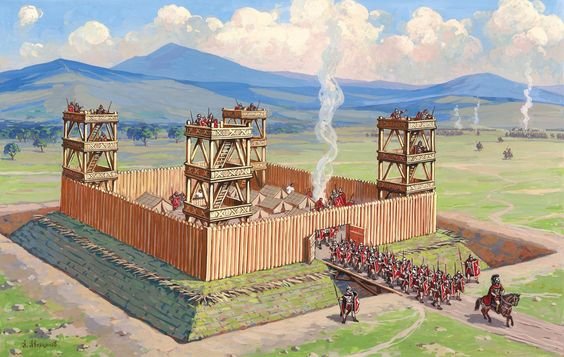
These fiery Romans would be trained to not only dig trenches, but build a new camp, with defense fortifications, daily. The legionary would learn how to run long distances. He would carry loads under the scorching sun and blinding dust. And he would put up with sleep under the sky and in tents. All of this was drilled into a trainee before he even picked up a sword and shield.
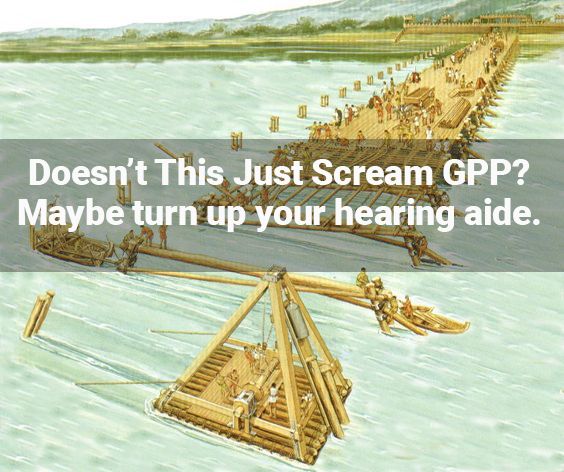
Doesn't this all scream General Physical Preparedness? If it doesn’t than you need a hearing aide. Now all this training would be utilized for actual army work. Building trenches and doing military construction were a major part of the army’s ability to be mobile. However, the fitness gained from these activities would provide a base level of fitness for fighting in the chaos of warfare.
A great example of how effective this fitness was for the Roman army was during the famous Siege of Alesia. A famous Roman by the name of Julius Caesar, planned to lay siege to one of the last major cities that stood in his conquest of Gaul (France). While he was preparing to lay siege to the city, he found out that a threatening number of Gallic reinforcements were coming to relieve the siege. This was bad.
If the Gallic reinforcements were able to attack Caesar’s army, then the Gauls inside Alesia would be able to come out of the city and pin Caesar. It could possibly mean losing the battle. Not good. Therefore in typical Caesar-fashion, Julius ordered his army to develop both a circumvallation and counter-circumvallation fortification. Circum....?
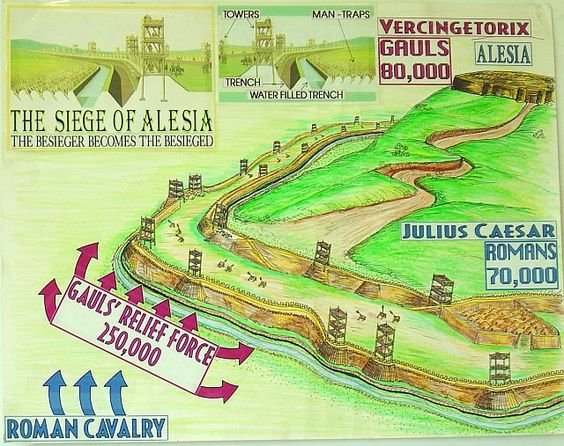
Basically it was a stretch of wooden wall with periodic watch towers to both surround the city. Not only that, a second wall that would surround the first wall. Imagine the rings of Saturn that surround the planet. In between these two rings stood Caesar’s army: ready to fight off both the Gauls within Alesia, and those coming to relieve it. We’ll call it Mass-MacGyver construction work (#MMG training).
Now after building such a daunting fortress structure, the Roman soldiers had to deal with a maelstrom of flaming catapult projectiles, swathes of arrows, and a horde of bloodthirsty Frenchmen. In the end, the Romans won the conflict, carrying the Gallic King, Vercingetorix in chains back to Rome. The Romans, in this example depicted what they sometimes call in football, “fourth quarter work capacity.” All that general physical preparedness work enabled the Romans to stretch themselves to victory.
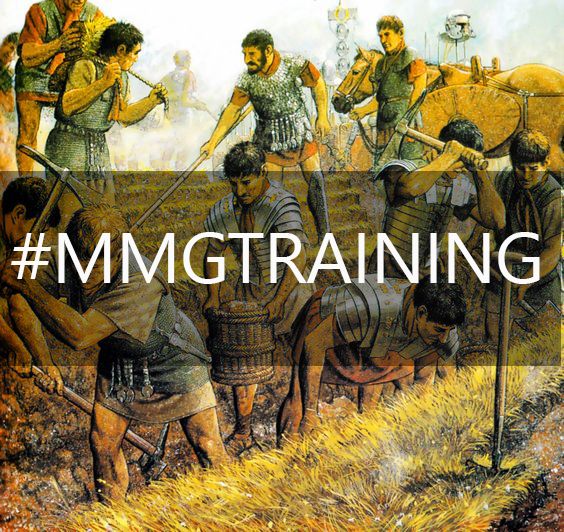
Now let’s get into the actual military training. We’ve talked so far about how all these demands on a roman soldier required them to develop a great base of fitness for fighting. To help bridge this foundation to real, sport-specific combat, the recruit would practise combat on a six-foot stake. He’d use a wooden sword of twice the weight of a normal blade along with a heavy training shield. Now, we know that working with heavy objects makes doing the same movement with lighter loads faster, but why?
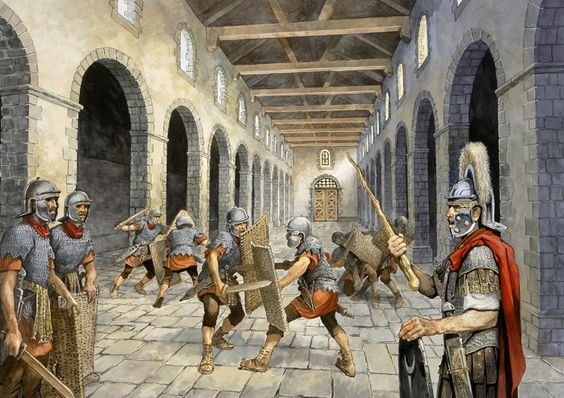
It has to do with neural activation and recruitment. Say our feisty legionary recruit swings a regular gladius (the Roman short-sword). He does it with ease. Now, he moves to a training sword, which is a heavier load. The heavier blade forces the trainee to generate much more force in order to swing its weight across the same vectors as the previous sword. Through the concept of post-activation potentiation, our recruit should be able to generate similar force upon returning to the real gladius. By doing so, the blade’s movement would feel even easier than before.
Now, after clocking hundreds of hours in basic training with his heavier practise weapons, the legionnaire would have not only neurological but also muscular adaptations for long-lasting increase in agility with his real, relatively-lighter weapons. With this streamlined strength and conditioning program, our legionnaire would be physically ready to endure a rough and tumultuous campaign season.
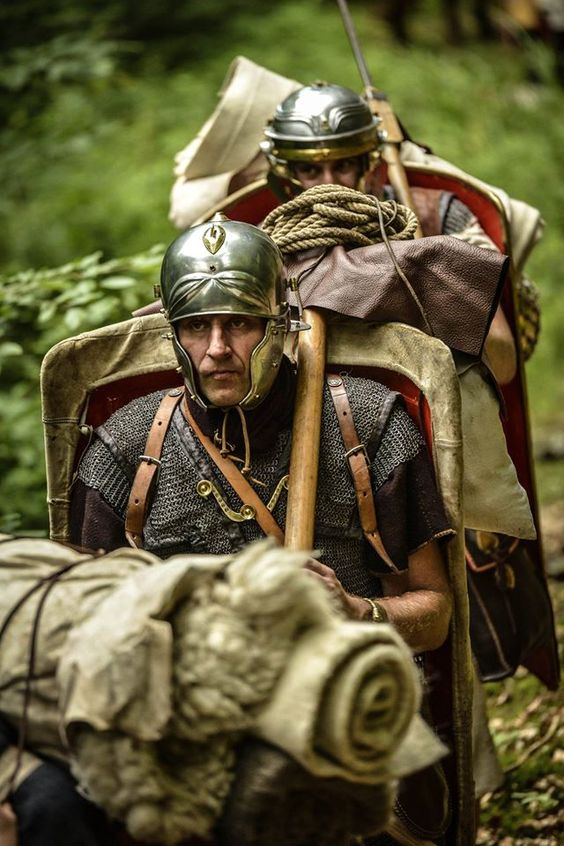 ss
ss
What were the Requirements to be a Legionnaire?
However, even before being chosen, as a recruit, he would have to pass certain criteria for enrollment into the training program. These were the 3 main criteria:
- Did the candidate have enough velocitas (swiftness/speed)?
- Did they show aptitude for combat/learning
- Did he give promise to the confidentia militaris (military confidence)

The great military philosopher Vegetius would go into detail in his depiction of the ideal roman recruit:
Let therefore, the youth who is to be chosen for martial tasks have observant eyes, hold his head up, have a broad chest, muscular shoulders, sinewy arms, long fingers, not too extended a waist measure, lean hams, and calves and feet not distended with superfluous flesh but hard and knotted with muscles. Whenever you find these marks in the recruit do not be troubled about his height. It is more useful for soldiers to be strong and brave than big.
Essentially someone who was fit was often sought after. Yet there was a great debate as to whether those from the cities proved better recruits or those form the country. Physically speaking, it was argued that in those that came from the country would be better, with their years of hard, vigorous labour. How could this be compared with the effeminate men of the city, who could not compare in physical toil to the hard life of a farmer? The point to the contrary is that the men of the city were preferred to their rural counterparts.
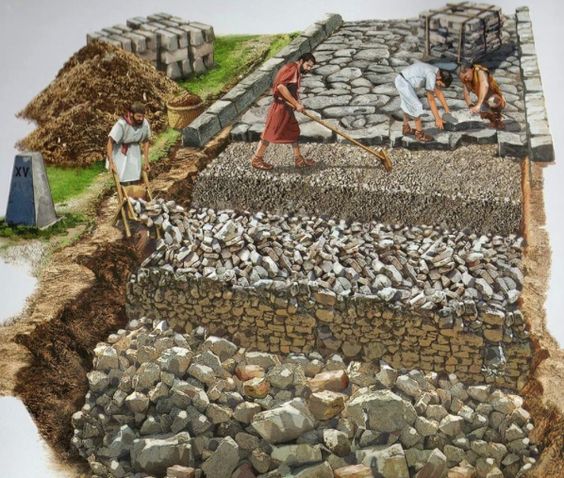
Why? What makes a city slicker more wanted than a virile, fit, and physically capable country boy? Well, you have to look at all the attributes of any, good athlete. Not only do they need a sound body, but a sound mind. Now are we talking about sanity here? Not really. It has more to do with perspective. You could be a great athlete but a total idiot at the same time. You could be physically capable for all the running, fighting, and construction work involved but would you sacrifice yourself for the military?
The Roman recruiters looked for people who could both possess the required physical attributes but also, who had a mental awareness of their role as soldiers (remember, the criteria included an aptitude to learn as well as military confidence). A recruit who understood the civic duty of a legionnaire was more important than someone who only had the physical capacity.

A recruit who understood the higher purpose of his task would go through drilling, long marches, and combat training with great focus and a determination to serve his country. I’ve found this to be the case for myself. I have to be mentally locked in and understand why I’m doing something in my training. The reason I make progress is the self-belief I have in why I need to do certain activities. Along with that, I have an understanding of how each point of my training serves to make me stronger and faster. It’s this belief that would allow a legionary recruit to do his best in basic training and continue doing so in his twenty-five years service.
The Roman Army was an Adaptive Animal
We’ve talked about the multifaceted skill set of the Roman soldier, as well as the aptitude needed for entry into the army. Now let’s get into the Roman army as an animal as its own. And what an animal it was. Imagine what makes up a multi-cellular organism: compartments, specialization,, and an ability to adapt via disruption to homeostasis. The Roman army’s longevity is a testament to its animal-like adaptability.
Those construction skills? They were used to build deep arteries (roads/highways) within the empire to quickly mobilise and relocate several thousand men, siege weapons, and mules carrying baggage. As new frontiers were fought, armour, tactics, and weapons adapted with it. In its first 500 years, the Romans had expanded from a city-state to the sovereign of Italy and then expanded its control to include Britain, Spain, France, the Levant, Greece, Egypt, and most of the North African Coast.
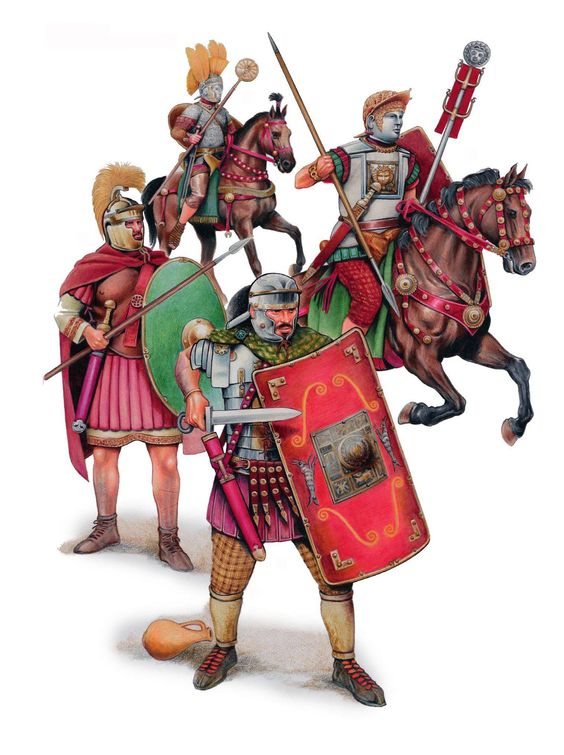
They adopted the Etruscan phalanx, kicked their butts, and move on towards Gaul, Spain, and Greece (not in that order). After more losses, the Romans adapted the short sword, called the gladius, the wide shield called the scutum, and added a javelin to the mix (called the pilum). Their armour evolved from breastplate, to chain mail and then segmented armour, but these changes did not uniformly cover the entire army. A unit in a given geographical area, with unique opponents would adapt accordingly to the environment, specialization, and creating compartmentalization of the Romany army. Like different types of cells, muscle fiber types or energy pathways, a given geographical region would have its military specially adapted to fight the regional threat.
If we look at combat athletes today we see a similar way of training. These folks do a lot of wide ranging foundation work and focus it toward their specific skills of combative arts. Regardless of being a specialist, these folks work on expanding their base, sealing cracks from the ground up.
If I’m a powerlifter and runner, will I benefit from some ring work in my ‘off-season’? If I find it improves my weakness of poor shoulder strength, then maybe. Will loaded carries help my core stability later on as I prepare for breaking my half-marathon time? Possibly. The biggest lesson I take from understanding the Roman army, and its effectiveness is that you can’t lose you foundation while you pursue specialization. In fact, I need to work on progressively expanding my foundation if I want to stay healthy, get stronger, be faster, and endure more stress.

Hi! I am a robot. I just upvoted you! I found similar content that readers might be interested in:
http://yusufahmedwriting.com/build-physical-foundation-like-roman-army/
Downvoting a post can decrease pending rewards and make it less visible. Common reasons:
Submit
Downvoting a post can decrease pending rewards and make it less visible. Common reasons:
Submit